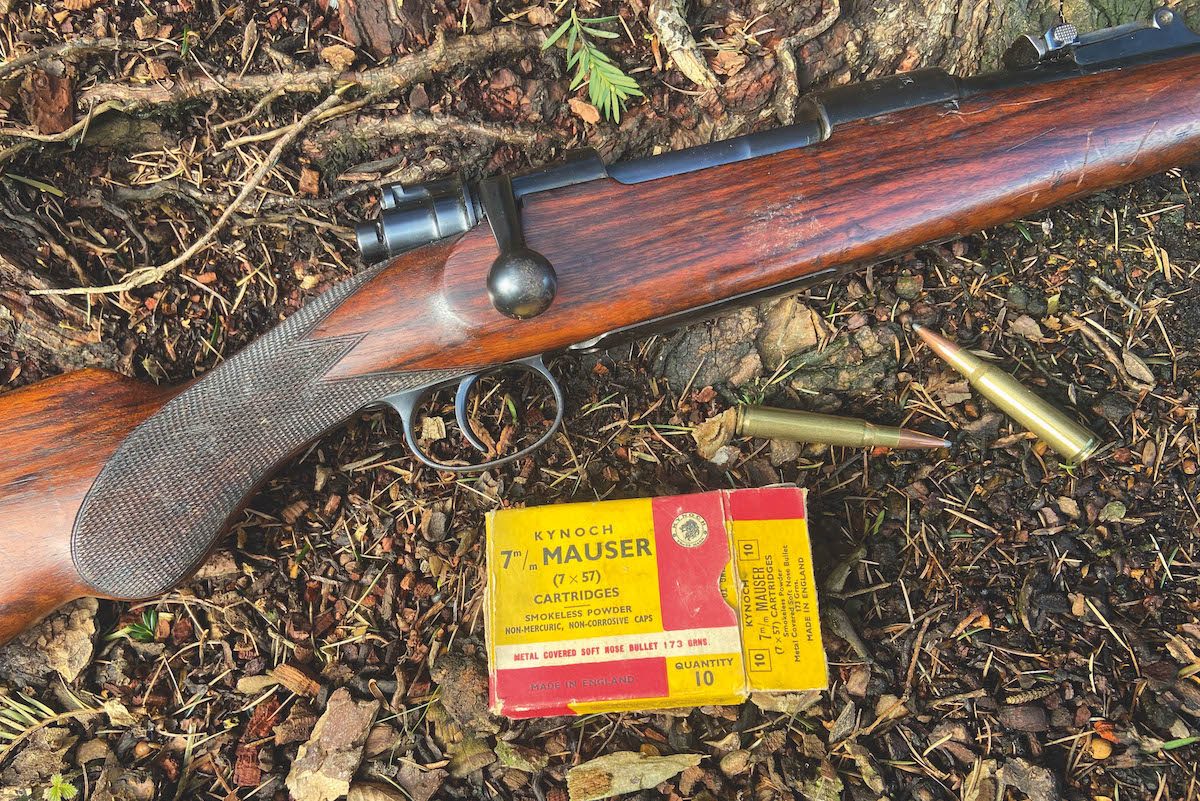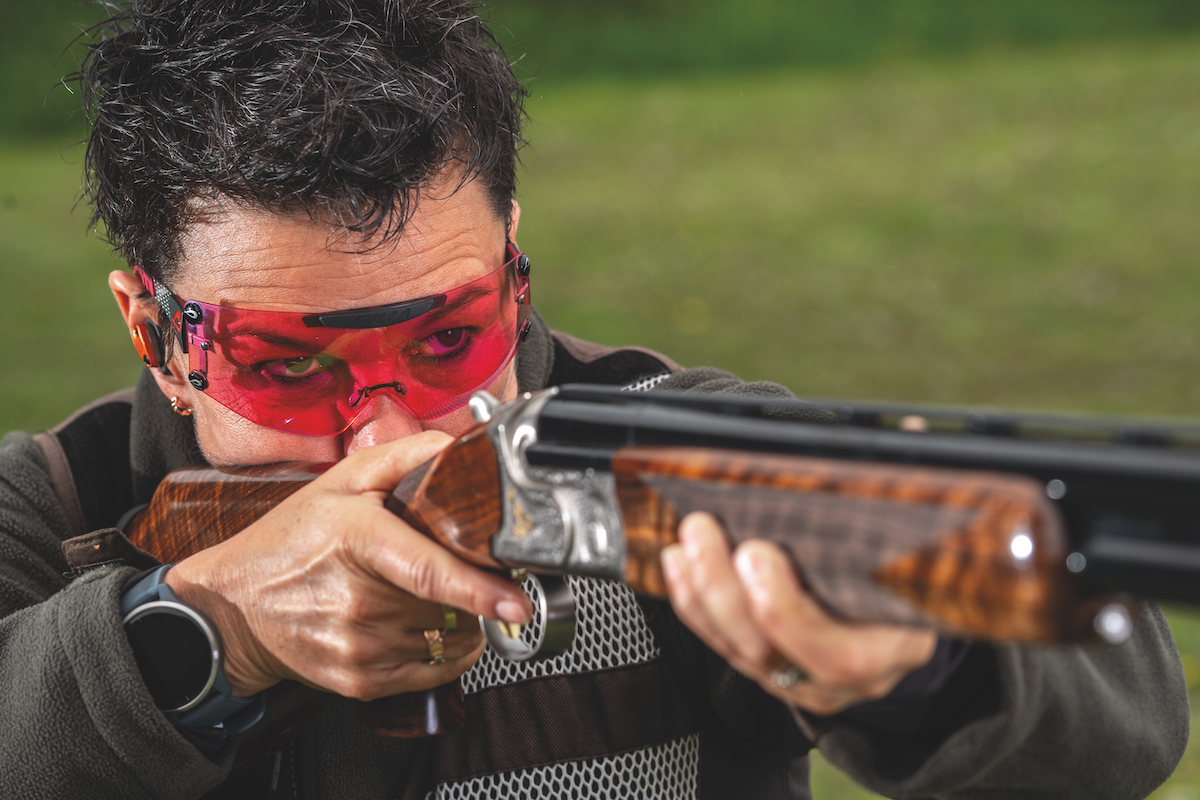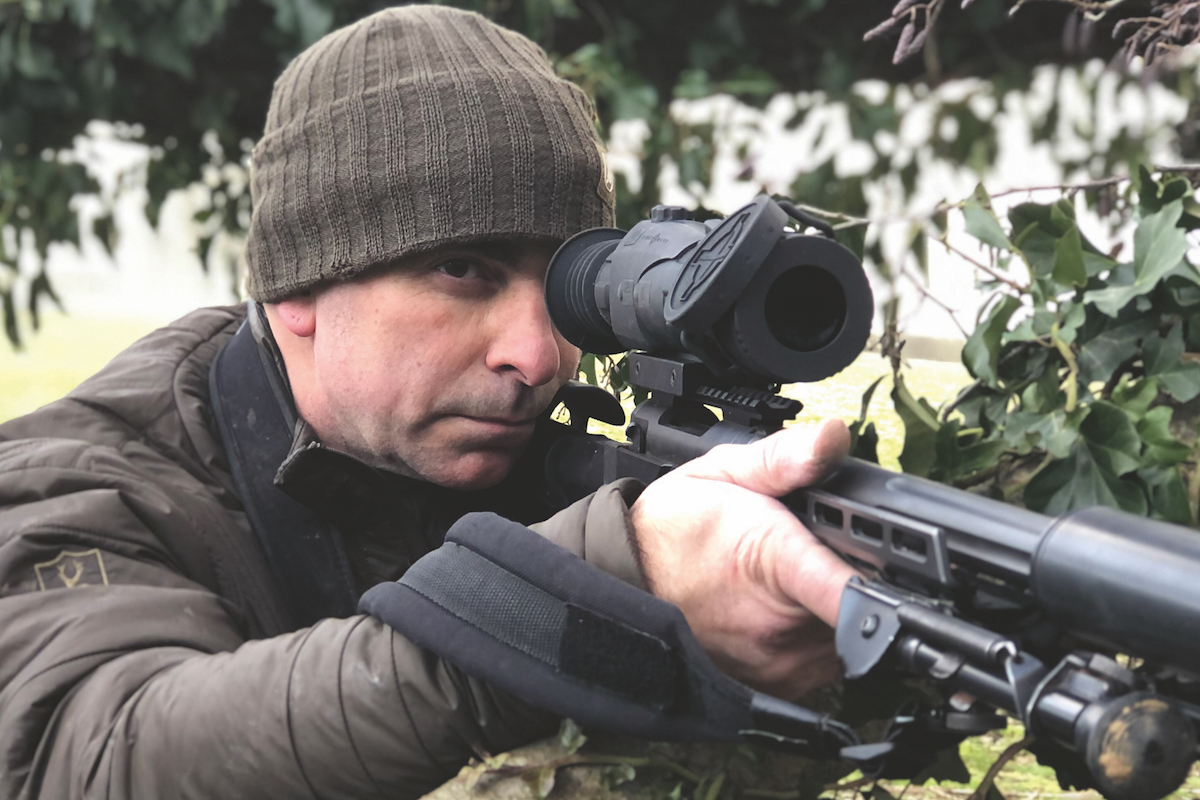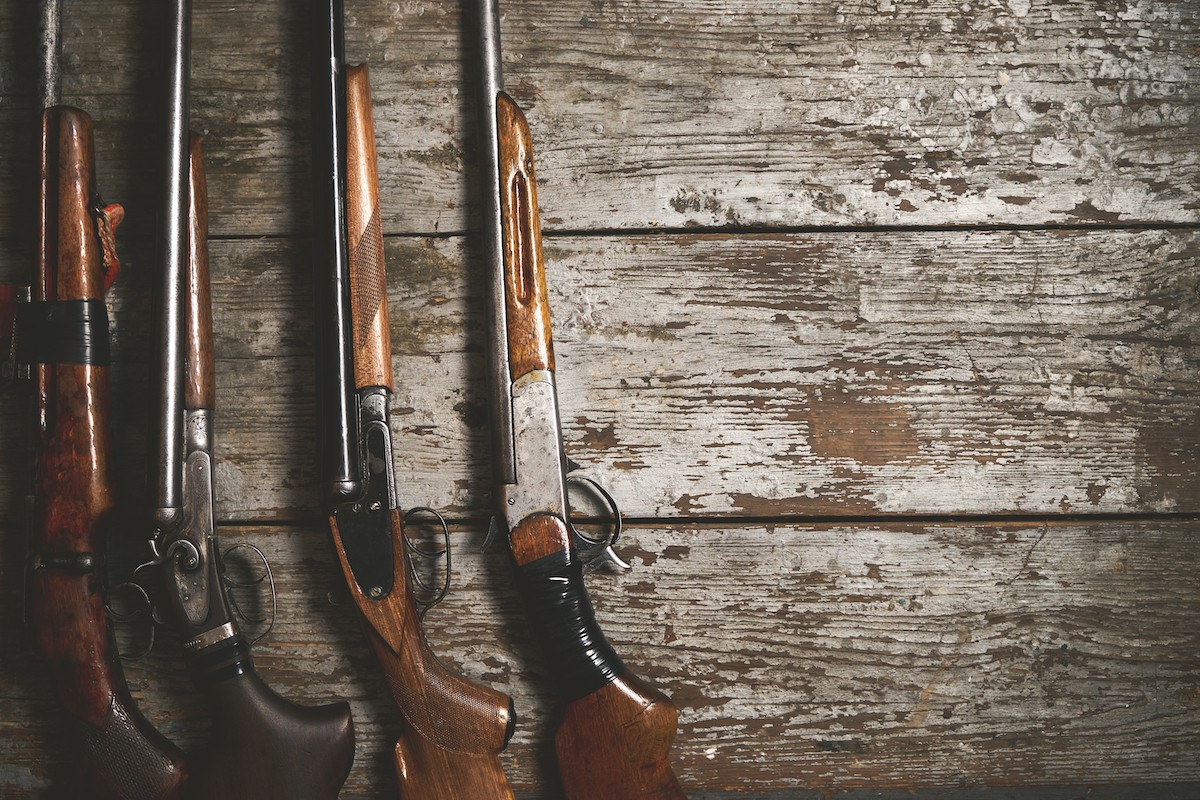Unusual calibres – there’s no reason they can’t make good go-to rifles
Most of use a .243 or a .308 rifle but there’s no reason that more unusual calibres can’t make a good go-to, says Diggory Hadoke

This 1910 Model Mauser 7x57 cost under £400
Legal restrictions have corralled the British stalker towards an ever smaller range of rifles and cartridges with which to head for the woodland or hill. They have robbed us of many of the all-time great deer rifle cartridges. Some of these cartridges proved themselves over decades as not only capable for deer hunting but even, in many cases, as effective despatchers of elephants, lions and Cape buffalo.
With this in mind, we can take a nostalgic look at some now unfashionable rifles and cartridges that I believe still have a place in the battery of a British deerstalker. These rifles may have fallen out of favour with the British stalking public but they were once extremely popular and were considered cutting-edge when introduced.

Vintage rifles are still effective – and legal – for deer today
Unusual calibres

The Mannlicher Shoenauer Stuzen has stood the test of time as a handy woodland stalking rifle
Mannlicher-Schoenauer 6.5×54 Stutzen
Traditional loads, fired from the 19in barrel of a classic M1903 Stutzen, just fail to meet the standard for fallow or red deer, as legislated by the Government under the direction of the British Deer Society. Fortunately, careful home-loading or the selection of a good modern factory cartridge — if you can find any — drags it over the minimum specifications and into the realm of legality. For many years, I had a .6.5 MS on my FAC for woodland stalking and I am about to put it back on. With Kynoch 139-gr loads, it makes 2,510fps and delivers 1.950ft/lb of energy.

The Westley Richards .318 Accelerated Express held a 250-gr bullet that packed a hefty punch
Westley Richards .318 Accelerated Express
Introduced in 1906 specifically to suit the new Mauser-action magazine rifles that were then becoming popular, the .318 Westley Richards held a 250-gr bullet pushed at 4,400fps and delivering 3,194ft/lb energy. Lighter, 180-gr bullets can be pushed to 2,700fps. The .318 Accelerated Express, as it is also known, was Bror Blixen’s favourite cartridge and one W D M Bell considered superior to the .275 Rigby for elephant, if reliable ammunition could be procured. (Read five famous guns and their owners.)
As a medium game rifle, it was extremely effective and became very popular. Although it fell from favour after World War II, Westley Richards customers have recently demanded its reintroduction and now the firm builds a small number every year. To ensure they can be fed, Kynoch was commissioned to make ammunition especially for Westley Richards, thereby giving a new lease of life to the older rifles as well.
A 180-gr bullet travelling at 2,700fps and delivering 2,920ft/lb of muzzle energy is deer legal in the UK for all species. (Read deer ammunition – does your chosen calibre fit the bill?)
Lee-Speed .303 British
The Lee Enfield replaced the Martini-Henry in military ranks and the sporting version, the Lee-Speed, accompanied many an officer on his overseas tour. Immortalised on film in The Ghost and the Darkness, the Lee-Speed is a well-balanced, high-quality stalking rifle. If your budget can’t stretch to a best-quality example, which might cost you up to £3,000, perhaps a converted military rifle might be tempting. These can be had for a few hundred pounds.
The .303 loaded with a 150-gr bullet pushed at 2,720fps and developing muzzle energy of 2,465ft/lb is deer legal for all species in mainland UK.

This 1910 Model Mauser 7×57 cost under £400
Mauser 7×57
The cartridge I have used as my go-to hunting round for the past 20 years is the 7mm Mauser. Revived in popularity by Rigby, which considers it the classic cartridge for its Highland Stalker rifles, it was hugely popular with British hunters in the first half of the 20th century. It was the choice of Jim Corbett and W D M Bell, who used it for shooting much bigger and more dangerous animals than deer.
Most British makers offered a Mauser .275, as they called it, and old rifles in a variety of quality grades turn up at dealers and in auctions. A British name on one of these German rifles will add a premium. For a good Rigby model, expect to pay £2,000 to £5,000. Find a Mauser-branded Model 1910 in 7mm Mauser and it could be had for less than £500.
With a 140-gr bullet travelling at 2,250fps, the 7×57 develops 2,750ft/ lb of muzzle energy and is legal for all UK deer species.

A vintage Rigby 7×57 can be found but its price might be challenging
Sights
Not all these rifles of unusual calibres will come with a telescopic sight fitted. All can be fitted with modern mounts and optics, but they often have surprisingly well-made, accurate open sights, including peep sights. At woodland stalking ranges, these are surprisingly effective if you can get used to them.
The drop at comb on most of these rifles will be lower than modern alternatives, to line up with the open sights. If fitted with scope, it takes a little while to get used to the mount, with the jaw, rather than the cheek, resting on the stock. With practice it becomes normal. That is the key to all this — get familiar with your equipment. If you shoot it enough and have confidence in it and your ability to use it, you and your rifle will become a deadly combination.
These old cartridges may not be as super-flat shooting as the belle de jour of your stalking friends, but they have killed untold numbers of deer in decades past and will kill them just as well today. If you zero your rifle at 100 yards, all these cartridges will hit the kill zone of a deer. You do not really have to adjust for range between 50 and 150 yards.
I find enormous pleasure in taking out old rifles and mastering unusual calibres; they take me back to another place and time. It may be unusual here but many of my American friends frequently use traditional rifles, old cartridges and open sights for deer hunting. They have far more freedom to do this than we do in this country. The most important factors are to know your quarry, know your equipment and practise until you are very good with it.
If you can find the time and energy to look for unusual calibres, wrestle with the authorities to get an unusual cartridge listed on your FAC, and can procure a nice classic rifle you might be surprised at how much pleasure their ownership and use bestows. (Read more on getting an FAC.)








